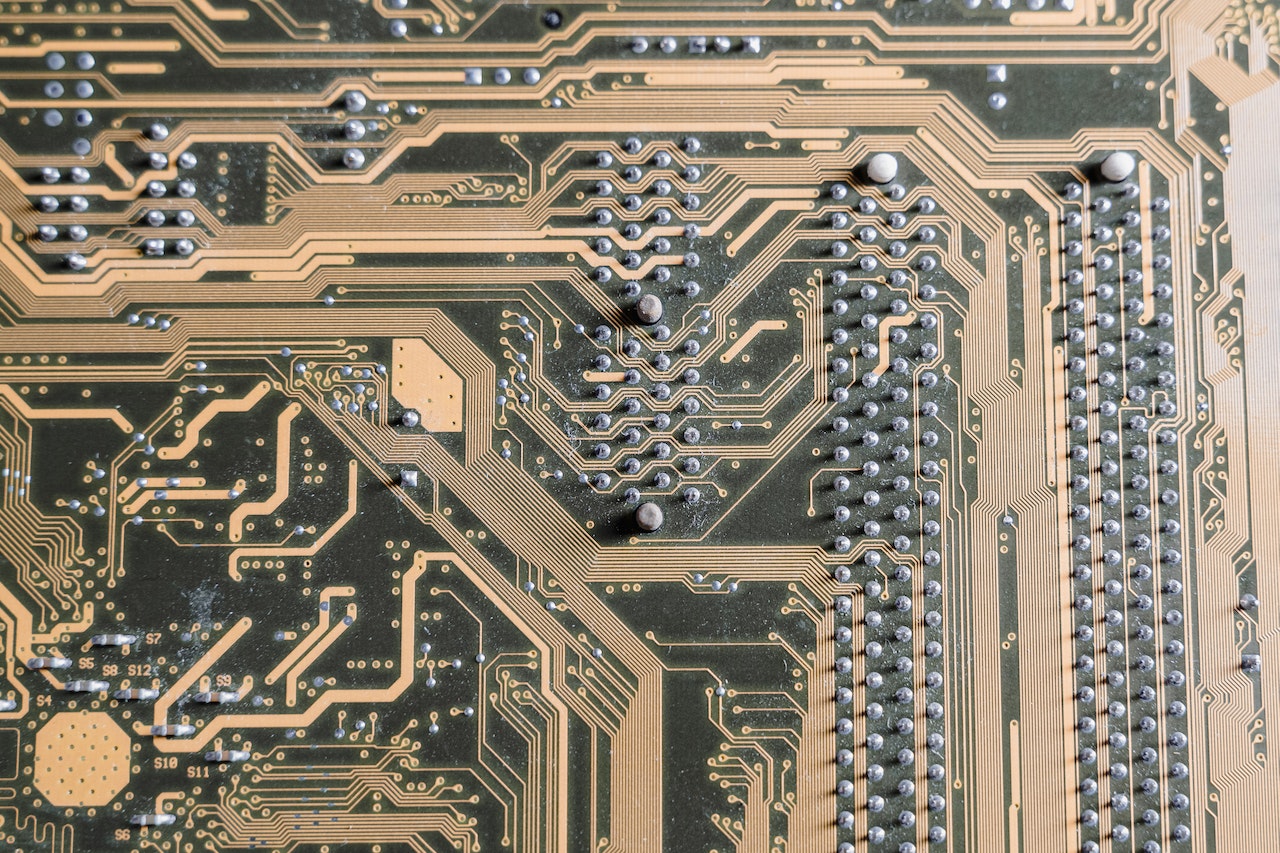The Genetic Engineering Predicament
According to those most opposed to the proliferation of genetic engineering, the new knowledge of nature and potential medical applications, among others, is a great development. However, putting the environment, biodiversity, and possibly the global food supply at risk by turning the earth and its ecosystems into a genetic experiment is too great of a risk.
Listening to genetic engineering pioneers like Craig Venter, the availability of genetic engineering and synthetic biology is, in their minds, the only thing that’s going to save humanity and the earth. Problems such as dementia, Alzheimer’s disease, weakened immune systems, cancer, and many more have been so difficult to eradicate that the natural conclusion is that we need a paradigm shift on the scale of genetic engineering to progress.
Reengineering Human Nature
Another major application of genetic engineering is in agricultural applications. With the world population expected to reach 10 to 12 billion over the next century, the need for genetically modified crops that grow in a variety of environments is necessary to avoid starvation and the outbreak of conflicts over limited resources. Additionally, synthetic biology can be used to make new energy sources.
Ray Kurzweil has described many human genetic traits as having developed tens to hundreds of thousands and millions of years ago. The human trait of storing fat is one example of a genetic disposition that kept people alive for millennia when food was scarce but creates obesity today, leading to a variety of diseases and costing society dearly in terms of both life and resources.
Other promises of genetic engineering are to create human organs using animals such as pigs, eliminating infectious diseases such as Ebola and malaria, and engineering salmonella to fight brain tumors.
The following video explains genetic engineering.






